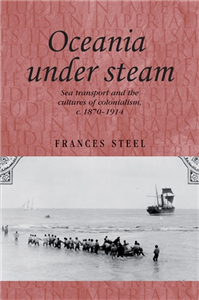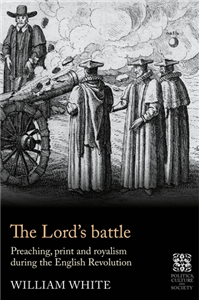Humanities & Social Sciences
May 1988
If England was 'the first industrial nation', Lancashire was emphatically the first industrial county the first to develop, over a wide area, the combination of steam-powered factory industry and urban sprawl which says 'Industrial Revolution' to most people. It was also one the first fully industrialised areas to experience catastrophic economic decline in the inter-war years. Much has been written about particular aspects of the Lancashire industrial experience, and the social causes and consequences of the changes that took place, but there is not full-length social history of the county as a whole, looking at developments in the long run and comparing and contrasting the patterns of change in the south-eastern textile district, on Merseyside and north of the Ribble. An explanation of Lancashire's unique social history since Elizabethan times is long overdue, and Lancashire a social history, 1558-1939 puts forward a distinctive point of view on the many areas of controversy. How did the 'Industrial Revolution' affect working-class living standards? Why did Lancashire become a stronghold both of Puritan activism and Roman Catholic survival, and what were the long-term consequences of this? Was the 'Industrial Revolution' really funded by the profits of the slave trade? Why was working-class Lancashire in the nineteenth century apparently first Chartist, then Conservative? Was Lancashire the original centre and true home of 'Victorian values', of a culture of thrift, enterprise and self-reliance? This is the first social history of an English county to span the centuries from the sixteenth to the twentieth, looking at all levels of society and analysing politics and the power structures as well as technological innovation and material wealth. More importantly, it studies a particular vital and controversial place and period, and takes account of continuities as well as changes. Aimed at the sixth former and general reader as well as the academic market, it should become essential reading for historians, and historical geographers, sociologists and economists. ;

























